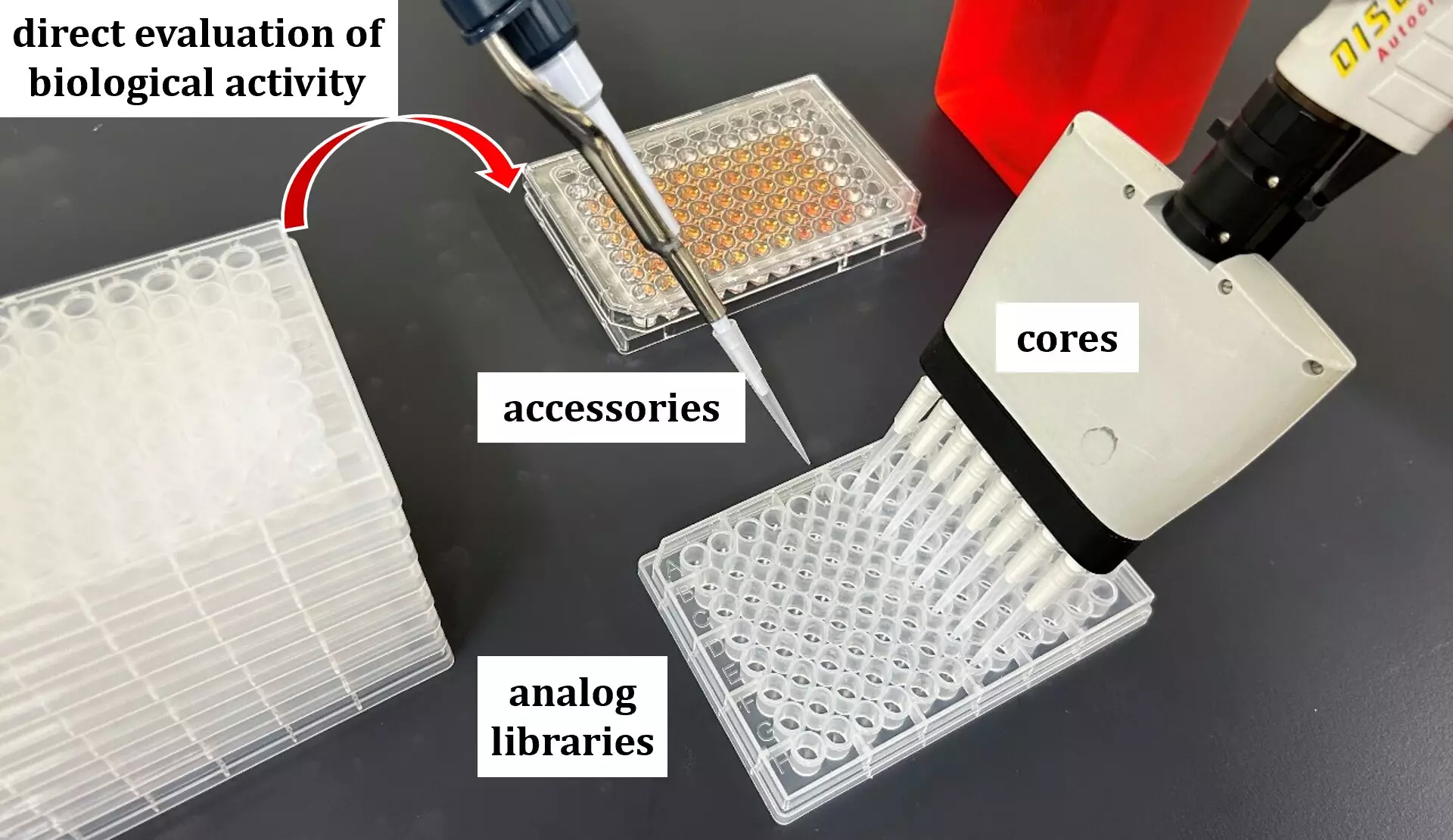The problem of antimicrobial resistance (AMR) has escalated to unparalleled levels, posing a substantial threat to global healthcare systems. With public health increasingly undermined by bacteria that refuse to yield to conventional antibiotics, medical professionals are confronting an alarming situation. The World Health Organization has brought this issue to the forefront, labeling drug-resistant infections as one of the most serious health challenges of our time. The situation grows ever graver, necessitating innovative approaches to antibiotic development. Researchers are racing against time to address the dual burdens of resistance and treatment, with a spotlight on strategic advancements that may herald the dawn of effective interventions.
Hokkaido University’s Innovative Approach
At the heart of this battle is a significant advancement led by a dedicated research team from Hokkaido University. Under the stewardship of Assistant Professor Kazuki Yamamoto and Professor Satoshi Ichikawa, the faculty of Pharmaceutical Sciences has made strides that could redefine the landscape for antibiotics. Their research, recently detailed in the prominent journal Nature Communications, unveils a novel method designed to accelerate the search for viable antimicrobial drug candidates. The ingenuity of their approach lies in its ability to synthesize and test compounds rapidly, potentially cutting months or even years off the typical drug discovery timeline.
Targeting MraY: The Key to Survival
One focal point in the researchers’ search is the enzyme known as phospho-N-acetylmuramoyl-pentapeptide-transferase, or MraY, integral to bacterial survival. MraY plays a critical role in synthesizing a lipid molecule essential for bacterial cell membrane integrity. The strategic targeting of MraY presents a viable opportunity to disrupt bacterial growth, yet the need for more effective inhibitors remains urgent. While some agents that inhibit MraY activity have already been identified, the research team sought out refined analogs that can withstand the evolving nature of bacterial resistance.
Innovative Drug Discovery Methods
The research team has developed a unique drug discovery platform termed the “in situ build-up library method.” This approach marries synthetic chemistry with rapid biological assessment, enabling the exploration of potential drug analogs in a fraction of the time typically required. By dissecting known MraY inhibitors into their functional segments—core and accessory regions—the researchers have effectively generated a library of 686 novel analogs. This process not only broadens the potential for discovering more effective compounds but also streamlines the pathway to identifying promising drug candidates more efficiently.
Promising Results and Future Implications
From the synthesized library, eight analogs demonstrated significant inhibitory effects on the MraY enzyme and antibacterial properties. Notably, one candidate, identified as analog 2, exhibited remarkable effectiveness against drug-resistant bacterial strains and displayed promise in mouse infection models. Such indications of efficacy are paramount, as proving effectiveness in living organisms presents a vital step towards translating these discoveries into clinically viable drugs. Moreover, early assessments suggest that these analogs exhibit low toxicity in non-target cells, a factor that could enhance their therapeutic potential and safety profile.
A Broader Horizon for Drug Development
The implications of this research extend beyond the realm of antimicrobial discovery. The methodologies established by Yamamoto and Ichikawa have demonstrated adaptability that could revolutionize the identification of useful compounds in other pharmaceutical areas, such as oncology. By altering the focus toward established anti-cancer agents—epothilone B, paclitaxel, and vinblastine—the team showcased the versatility of their approach, constructing a new library of analogs in an impressive month. This illustrates a fundamental shift in how we can approach drug discovery across a variety of therapeutic classes, offering hope for swifter advancements in medical treatment options.
The innovations stemming from Hokkaido University are part of an urgent undertone across the scientific community, where creativity and urgency must coalesce to address one of the most pressing issues in healthcare today. The relentless march of drug-resistant bacteria may soon confront a formidable adversary, one bolstered by the pioneering minds dedicated to unraveling the complexities of antimicrobial development.


Leave a Reply